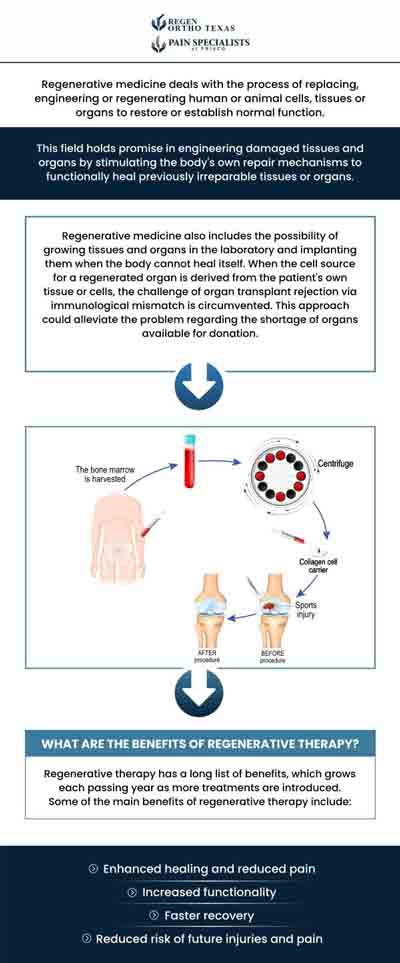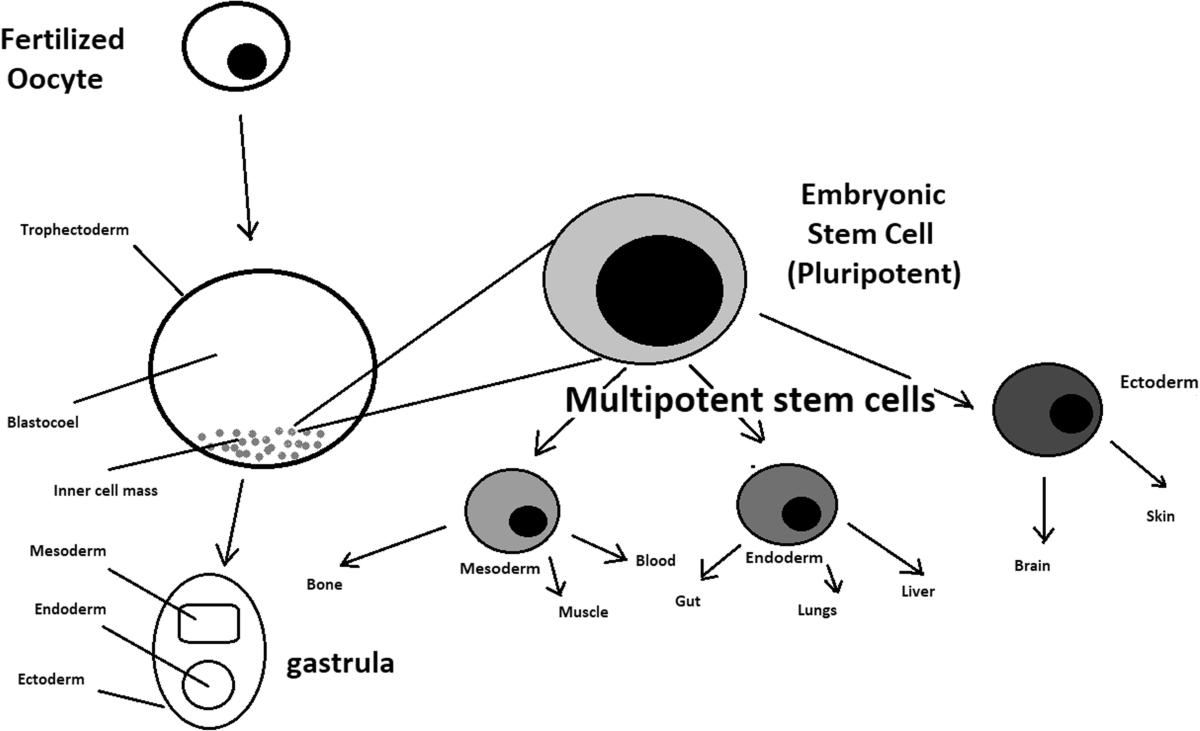
[/image][=video]
[/video]
Most websites utilized for bone marrow harvesting are located in the hip bones and the sternum. The treatment takes place in the operating space. The contributor will certainly be anesthetized throughout the harvest and will certainly not feel the needle. In recuperation, the donor might experience some pain in the areas where the needle was put.

If an autologous transplant is prepared, previously gathered stem cells, from either peripheral (apheresis) or harvest, are counted, evaluated, and all set to infuse. The prep work for a bone marrow transplant differ relying on the kind of transplant, the condition requiring transplant, and your tolerance for sure medicines. Take into consideration the following: Many frequently, high doses of chemotherapy and/or radiation are consisted of in the preparations.
Ablative treatment prevents this process of cell production and the marrow ends up being empty. An empty marrow is needed to make space for the new stem cells to grow and establish a new blood cell manufacturing system.
It is not a procedure to position the marrow into the bone, but is similar to receiving a blood transfusion. The stem cells find their method right into the bone marrow and begin reproducing and expanding new, healthy and balanced blood cells. After the transplant, encouraging care is offered to stop and deal with infections, adverse effects of therapies, and difficulties.
Menopause Therapy
The days prior to transplant are counted as minus days. The day of transplant is taken into consideration day absolutely no. Engraftment and recovery following the transplant are counted as plus days.
The days are phoned number to help the client and family members comprehend where they remain in terms of risks and discharge preparation. Throughout infusion of bone marrow, the patient might experience the following: Pain Chills High Temperature Hives Breast discomfort After infusion, the person might: Spend numerous weeks in the medical facility Be really susceptible to infection Experience excessive blood loss Need blood transfusions Be constrained to a tidy atmosphere Take multiple anti-biotics and other medicines Be offered medicine to prevent graft-versus-host diseaseif the transplant was allogeneic.
Platelets are usually the last blood cell to recuperate. Engraftment can be delayed since of infection, medications, reduced given away stem cell count, or graft failure.
Antibiotics, antifungal medicines, and antiviral medicines are commonly offered to attempt to protect against significant infection in the immunosuppressed individual. Thrombocytopenia (low platelets) and anemia (reduced red blood cells), as an outcome of a nonfunctioning bone marrow, can be dangerous and even life-threatening.
Discomfort associated to mouth sores and stomach (GI) irritation is common. High doses of radiation treatment and radiation can cause serious mucositis (inflammation of the mouth and GI tract). Liquid overload is a difficulty that can cause pneumonia, liver damage, and hypertension. The primary reason for liquid overload is due to the fact that the kidneys can not stay up to date with the huge quantity of liquid being given up the type of intravenous (IV) medications, nutrition, and blood items.
Menopause Therapy

Respiratory condition is a vital function that may be jeopardized throughout transplant. Infection, inflammation of the airway, fluid overload, graft-versus-host condition, and bleeding are all prospective serious difficulties that may happen in the lungs and pulmonary system. The liver and heart are essential body organs that may be harmed during the hair transplant process.
Failure of the graft (transplant) holding in the marrow is a prospective difficulty. Graft failure may occur as an outcome of infection, frequent condition, or if the stem cell matter of the donated marrow was inadequate to create engraftment. Graft-versus-host condition (GVHD) can be a significant and lethal issue of a bone marrow transplant.
As opposed to an organ transplant where the individual's immune system will attempt to deny only the transplanted body organ, in GVHD the brand-new or transplanted body immune system can assault the whole client and all of his/her body organs. This is because the new cells do not recognize the tissues and body organs of the recipient's body as self.

The most typical websites for GVHD are GI system, liver, skin, and lungs. Diagnosis greatly depends upon the following: Kind of transplant Kind and level of the disease being dealt with Condition reaction to treatment Genetics Your age and overall health Your tolerance of details medicines, treatments, or therapies Extent of issues As with any treatment, in bone marrow transplant the diagnosis and long-term survival can vary considerably from person to person.
Regenerative Therapy
Continual follow-up treatment is essential for the client following a bone marrow transplant. New techniques to enhance therapy and to lower problems and negative effects of a bone marrow transplant are constantly being discovered.
Regenerative medication treatments can be divided into three classifications: help with healing by injecting or positioning online cells right into the person. Instances of cellular therapy consist of PRP and stem cell treatments, which can be used to treat tendinopathy and various other sports injuries.
Peripheral nerves, for instance, consist of Schwann cells, nerve fibroblasts, and immune cells, each playing a role in nerve regeneration, as gone over here. Stem cell therapy is one of the most thoroughly investigated and promising branches of cell regrowth therapy. Some cells, such as epithelial cells in the skin or the cellular lining of the intestinal tract, have a high turnover turn over and can regenerate quickly.
Navigation
Latest Posts
Menopause Treatment
Menopause Treatment
Menopause Treatment in Lincoln Park